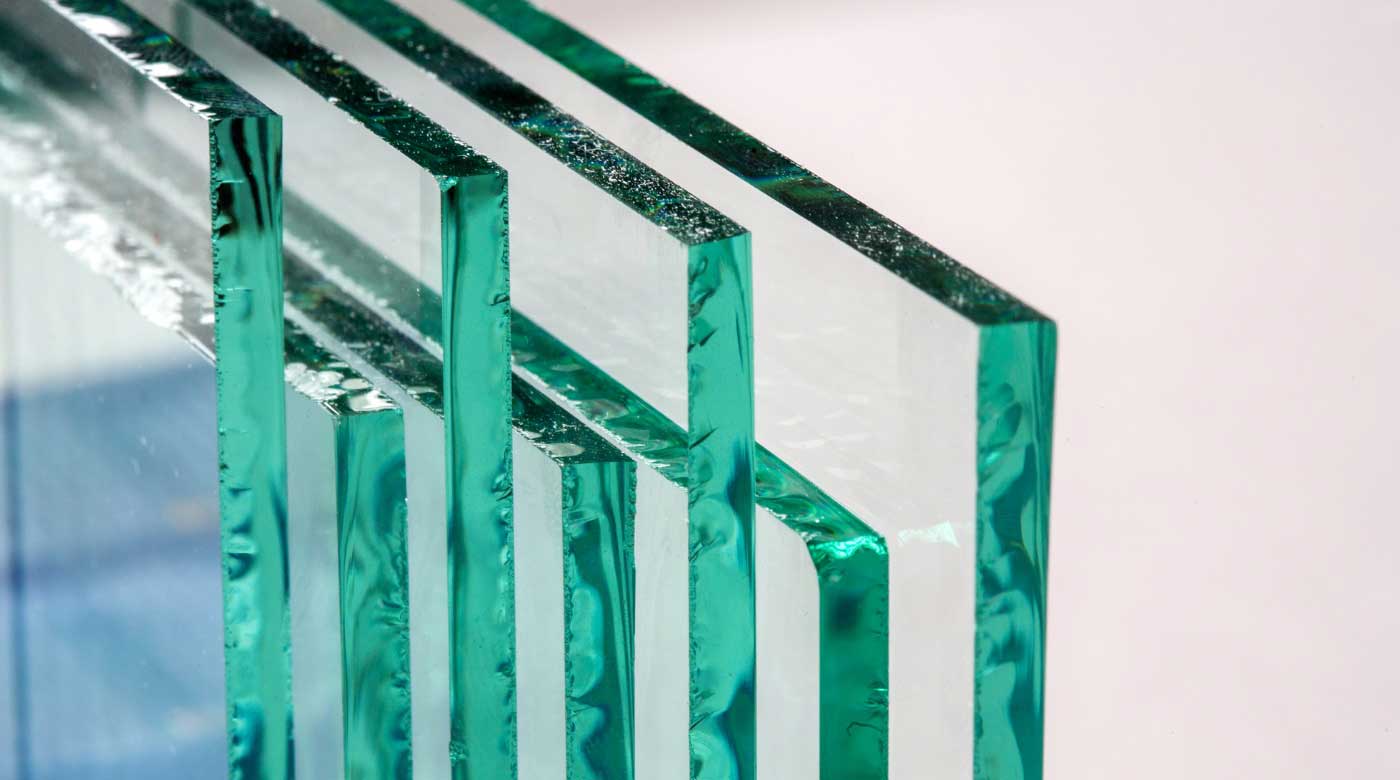
Glass is an extremely versatile material that can be transformed into functional and esthetic creations. Glass working techniques have been around for centuries and continue to evolve with the times. Here’s an overview of eight popular techniques.
Sandblasting involves projecting an abrasive material, such as sand, against the surface of glass to create a frosted or textured appearance. Sandblasting allows you to achieve varying levels of opacity and design intricacy, making it a popular choice for decorative glass items, privacy windows and shower enclosures.
Etching can be done chemically or mechanically. Acid etching uses hydrofluoric acid to selectively remove layers of glass to create a frosted appearance. Mechanical etching involves using engraving tools to create a similar effect. Etching results in intricate patterns or designs and is commonly used on glass windows, doors and partitions.
Commonly associated with stained glass windows, lead glazing involves arranging and combining small pieces of coloured glass in intricate patterns or designs. The pieces of glass are held together by strips of lead called cames. This technique is often seen in windows for cathedrals and historic buildings.
Glass painting involves applying a special paint to the glass surface and then fusing it to the glass by firing it in a kiln. This technique allows for vivid and durable designs that can range from intricate details to bold, colourful compositions.
Liquid lamination, also called resin lamination, involves sandwiching a layer of resin between two sheets of glass. This laminated glass technique prevents the glass from shattering upon impact, making it ideal for applications in high-impact areas or architectural elements.
Designed to improve safety in case of breakage, splinter protective coatings hold glass fragments together upon impact, reducing the risk of injuries. This plastic coating is commonly applied to glass panels for buildings.
Insulating glass comprises two or more glass panels with a sealed air or gas-filled space in between. This technique improves energy efficiency by providing better insulation and reducing heat transfer and noise transmission. Insulating glass is a versatile solution for creating a more comfortable living or working environment.
The process of creating tempered glass involves applying extreme heat followed by a fast, high-pressure cold “quenching” process to cool the surface faster than the inside of the glass. As the interior cools and tries to recede from the surface, the internal tension and surface compression make the glass about four times as strong as standard glass.
Verrage Glass and Mirrors Inc. works with various types of glass products to create custom pieces of art. We can help you design a custom glass solution or pick from our vast glass product selection. We serve residential and commercial clients in Woodbridge, Thornhill, Richmond Hill, Aurora, Markham, Vaughan and the surrounding region. Contact us today to talk to a custom glass expert.
Copyright © 2023 - All Rights Reserved - Verrage Glass and Mirror Inc.